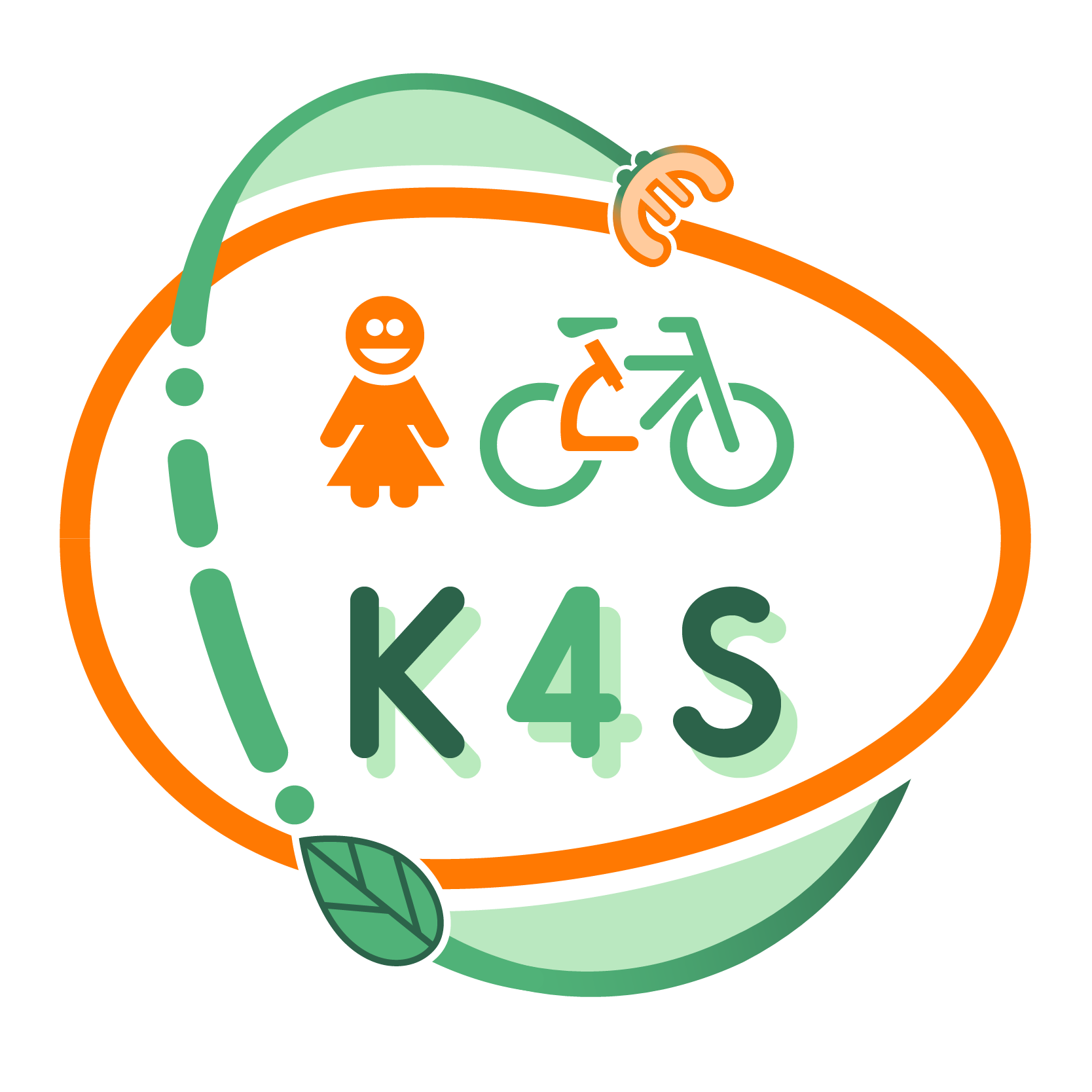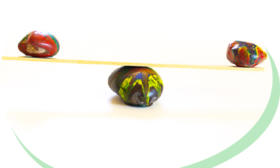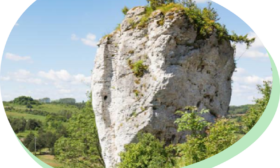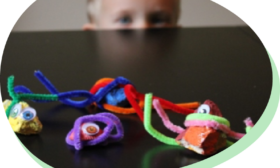LEARNING PATHWAY BASED ON SCIENTIFIC CONCEPTS
Rocks and minerals – under the magnifying glass of a geologist
Overall aims:
- Introducing the concepts: geologist, geology, rock;
- Explaining the geological processes of formation of sedimentary, metamorphic and igneous rocks;
- Developing the understanding of the cyclical nature of geological processes – strengthening; systemic thinking
- Shaping the ability to construct a simple balance beam (a lever);
- Developing integrated problem-solving skills;
- Inspiring creative games with the use of natural materials found outdoors;
- Shaping an attitude of respect towards the forces and beauty of nature;
- Supporting the development of axiological reflection and normative competences.
Intended learning outcomes:
The child will be able to:
- Explain the essence of a geologist work;
- Name and recognize selected types of rocks;
- Explain in his own words the geological processes of rock formation in nature;
- List various ways of using rocks in the economy;
- Build a simple lever using stones and a ruler;
- Use stones in creative play;
- Create a mandala with natural materials respecting the principle of symmetry.
Evaluation:
Initial – Activating the prior knowledge of children – developing a concept map: Who is a geologist and what does he do in his work? What do we know about rocks? What else would we like to know?
Ongoing – described in each resource
Final (according to the teacher’s choice) –
- Summary conversation in a circle: What have we learnt about the work of a geologist?
- Creating a cartoon story in teams:
Team I – How are igneous rocks formed?
Team II – How are metamorphic rocks formed?
Team III – How are sedimentary rocks formed?
Presentation of the stories and creation of a picture gallery wall.
Pathway structure
Stage I – socio-cultural pillar
Stones – treasures of nature. Searching for stones while walking. Using the collected specimens to study the equilibrium phenomenon – building a simple lever, the highest possible tower etc. Decorating stones using various art techniques, arranging mandalas from the treasures of nature found in a kindergarten garden or park – experiencing the phenomenon of symmetry in art.
- Balancing rocks– Studying the phenomenon of equilibrium
Stage II – ecological, economical and socio-cultural pillars
From stones to rocks and minerals – geology is a fascinating field of knowledge! A magnifier, a chisel, a hammer and a scale are the tools of the geologist’s work. We try to study the stones as a geologist does: we explore their color, structure, weight and hardness. We learn about geological processes – how rocks and minerals are formed, where do they come from in nature and why are they so different? We try to remember the names of selected rocks: sandstone, granite, chalk… How many beautiful rocks has nature created! We analyze how humans use these treasures in their daily life, economy and industry.
- How the rocks are formed – Testing the properties of selected rock types
Stage III – socio-cultural pillar
Using stones in learning, playing and philosophical activity. Playing with stones can be combined with axiological reflection – we talk about what is important, more important and the most important in our/ human life. The philosophical story about time and value management continues in play: we sort nature’s treasures according to non-standard criteria, create a stone slime and cartoon stories – what is it like to be a grain of sand from which a rock forms?
- Why some stones are more valuable than others – A story about time management







